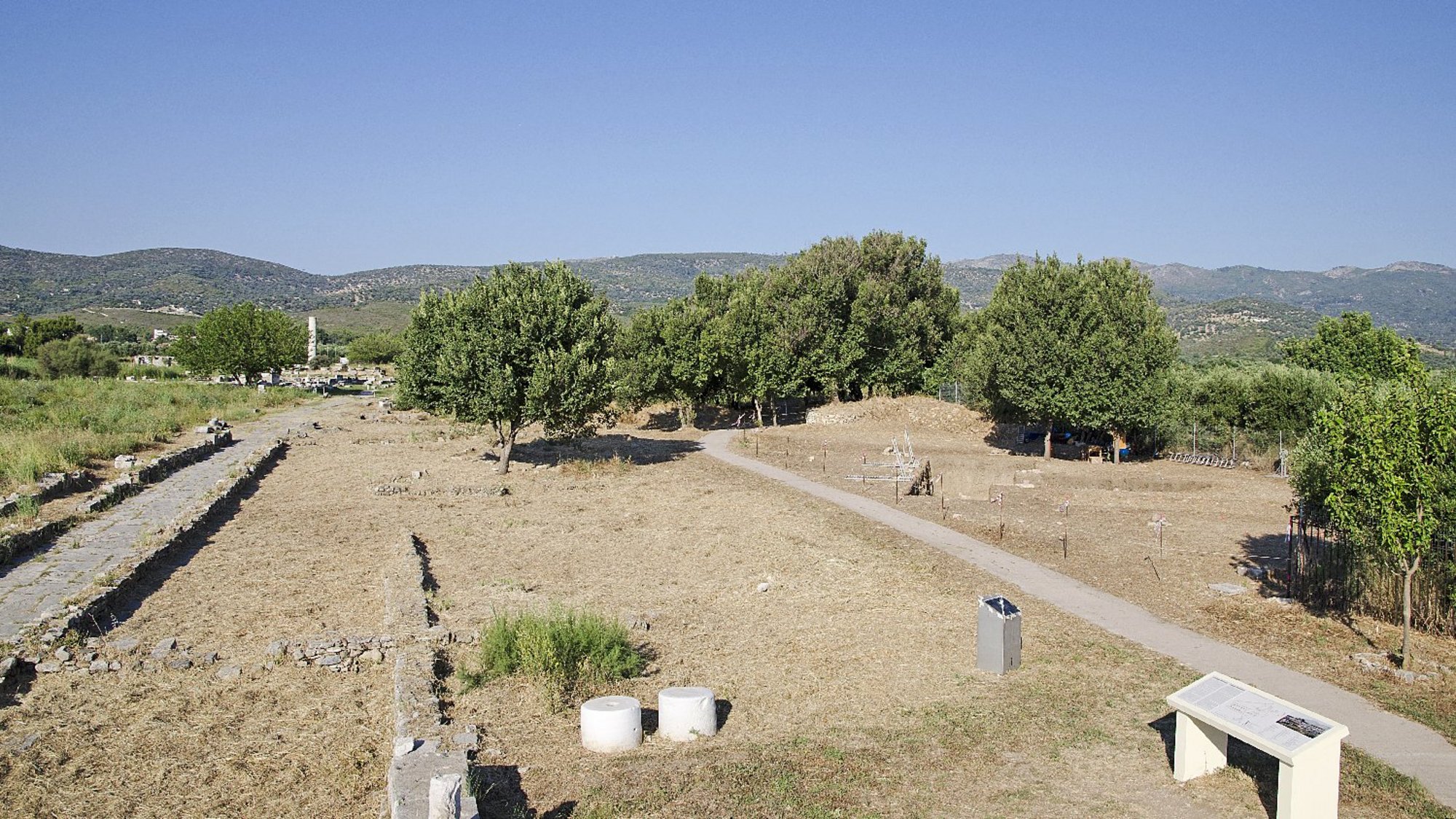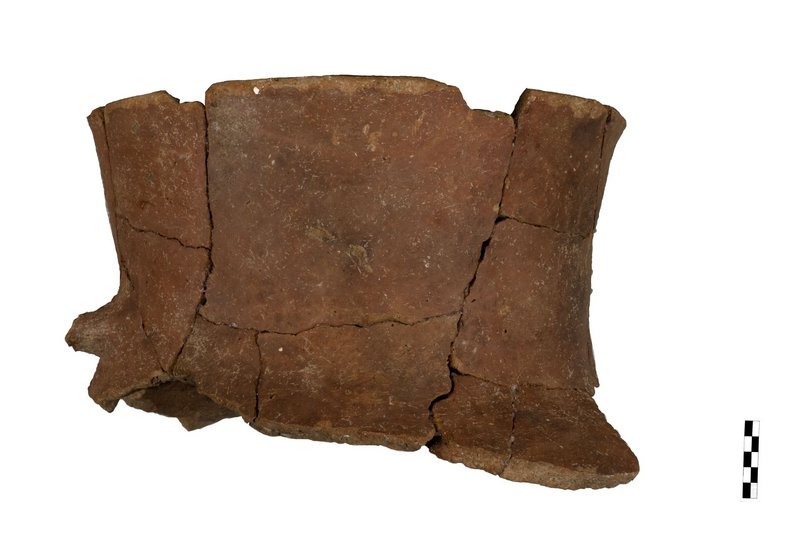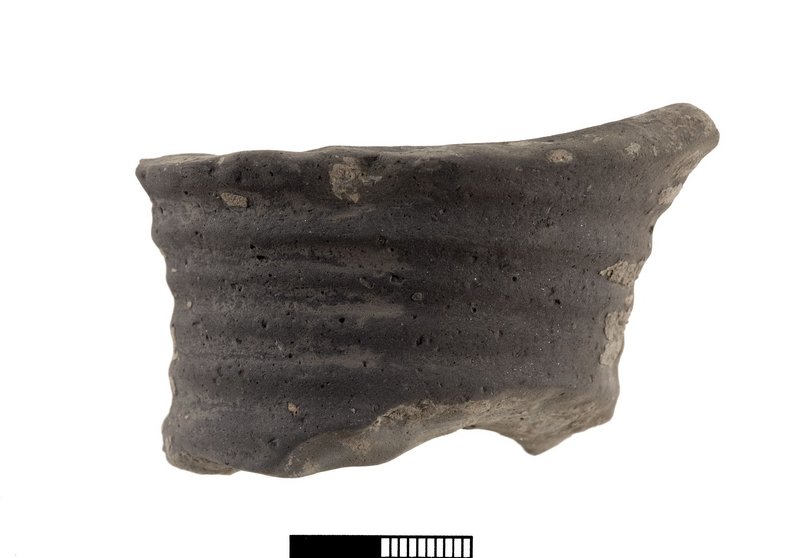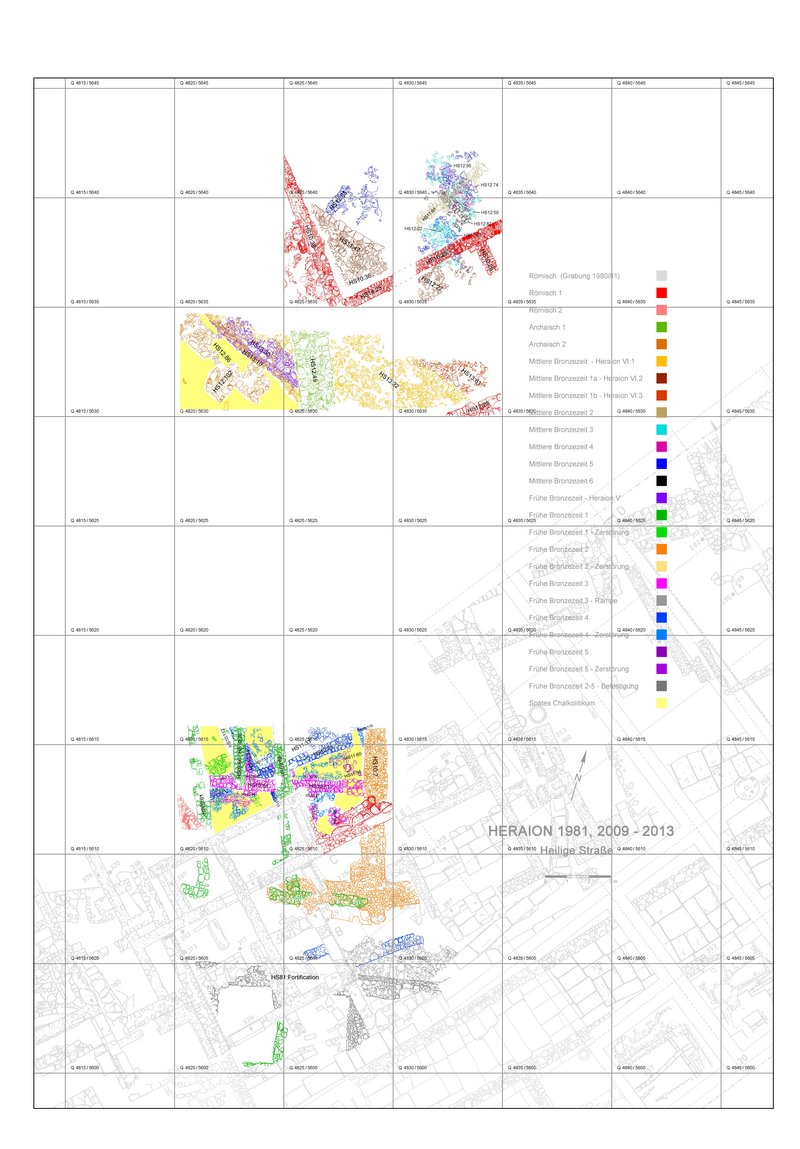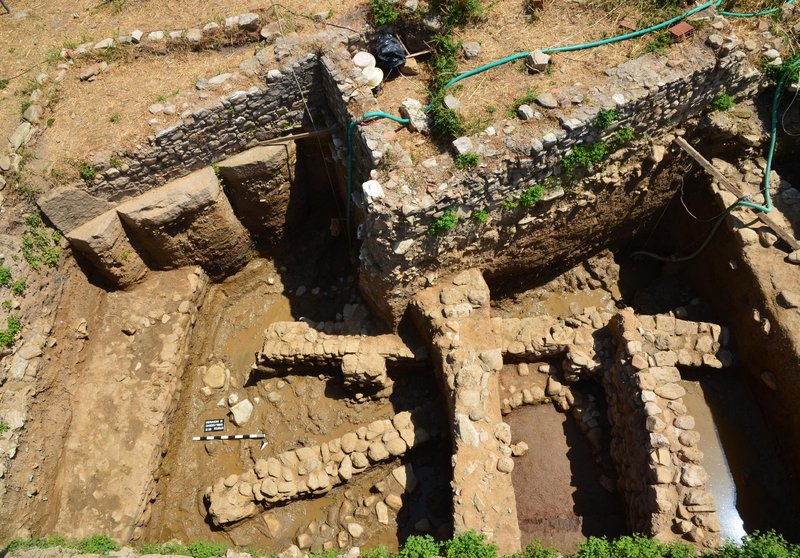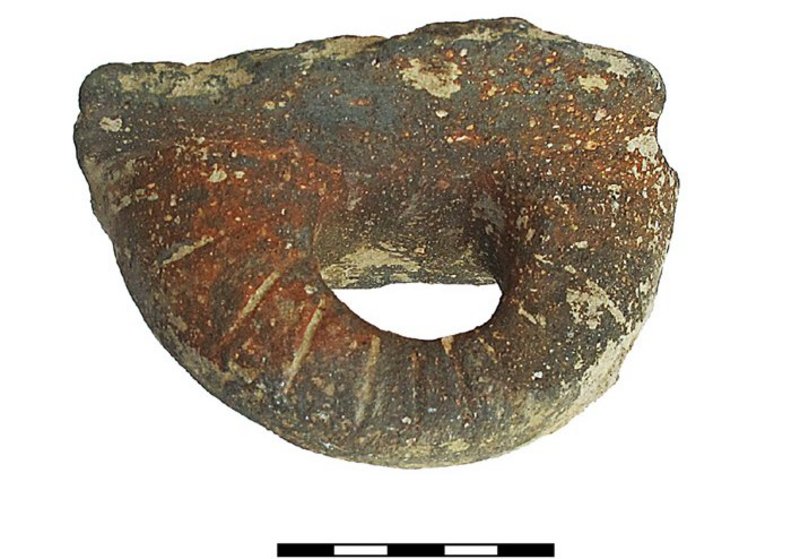Overview
Recent excavations North of the Sacred Road, conducted by the University of Cyprus, testified the earliest settlement core dating in the Middle-Late Chalcolithic (4500-3000 BC) and the EB I-II early (3000-2750 BC). Besides, the existence of a strongly fortified Middle Bronze Age settlement (2000-1750 BC) was discovered for the first time, which had cultural contacts to Western Anatolian, the Cyclades, Mainland Greece and the Old Palaces of Minoan Crete.
Heraion of Samos was one of the most glorious sanctuaries of Ionia. Excavations of the German Archaeological Institute uncovered impressive buildings and votives from the Protogeometric through the Late Roman Periods (1050 BC-400 AD). Architecture discovered in the area of the Hera Temple (1953, 1955, 1957-1963) indicate the existence of a big settlement, which in the mature Early Bronze Age (2550-2000 BC) was besides Troy, Liman Tepe and the island settlements of Poliochni on Lemnos, Thermi on Lesbos and Emporio on Chios one of the earliest and biggest Aegean urban settlements.
The project was planned as a 5-years excavation of the University of Cyprus directed by Prof. Dr. Ourania Kouka. It included excavations north of the Sacred Road of Heraion and was conducted within the framework of the excavations of the German Archaeological Institute and thanks to the permit of the Greek Ministry of Culture.
The excavations testified the erection of the settlement in the Chalcolithic (4500-3000 BC) and impressive house architecture and part of a communal building dating in the so far unknown Early Bronze Age I-early II (architectural Phases Heraion 5-1: 3000-2550 BC). These finds represent the earliest settlement core of Prehistoric Heraion North of the Sacred Road, which was fortified (excavation 1981) and from which the extensive urban settlement of the last part of the Early Bronze Age emerged and extended up to the Temple area. Moreover, a part of the Early Bronze Age III fortification wall (2200-2000 BC) was discovered, that marks the limit of the settlement towards East.
Besides, three phases of impressive fortification walls and house architecture testified for the first time the existence of a flourishing Middle Bronze Age settlement (Phases MB 6-1) (2000-1750 BC) with connections to Western Anatolian coast, the Cyclades, Mainland Greece and the Old Palaces of Minoan Crete. The Middle Bronze Age settlement at Heraion with strong contacts to the Minoan palaces can be characterized as the missing link between the early urban settlement of the Early Bronze Age and the Late Bronze Age cult place for fertility, which was testified 2009 by the German Archaeological Institute in the area of the Altar of the Heraion.
